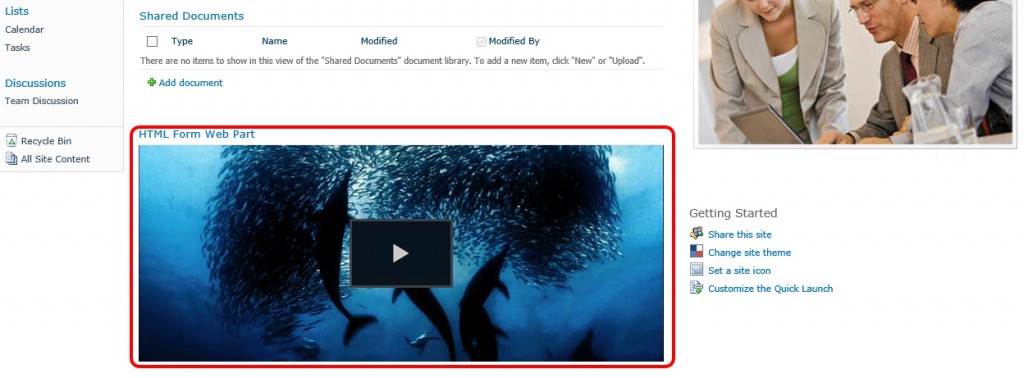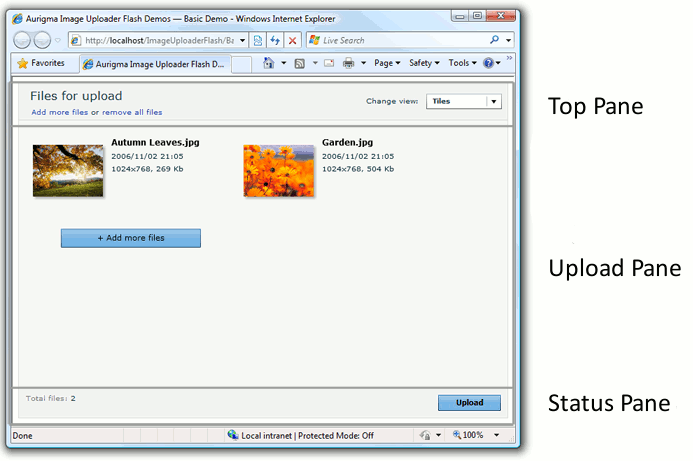
Unfortunately, browsers don't currently do a very good job with their default text track UX. This sounds like it all makes sense, and it does, in terms of the spec definition.
Html5 video caption maker video file code#

label: A user-readable title for the text track, which is displayed by the browser when listing available text tracks.Here we only have subtitles, but you can also have captions, descriptions and other types. kind: Indicates what kind of text track each track is.default: Sets the default text track to display (only one element per video can have this), which can be overridden by JavaScript or user preferences.The elements associate text tracks with the video. Open up your start index.html file, and add the following lines below the elements: Now let's move on to adding some text tracks to our video. Note: This section relates to Slide 8 of the slideshow. The two elements provide a choice of different video formats for cross browser support. There is not much to see here - we have set the preload attribute value to metadata, so the browser will cache the video's metadata (meaning not too much data is downloaded immediately, but we have access to useful data like the video's length), included the default browser controls using the controls attribute, and added a fallback paragraph that is displayed if the browser doesn't support HTML5 video. It appears that your browser doesn't support HTML5 video. At this point we have a simple HTML5 video in our page, and not much else: Let's begin by inspecting the start state of the demo. Note: This section relates to Slide 5 of the slideshow. Note: Thanks to Ian Devlin for letting us use some of his code as the basis for the demo in this tutorial.

If you want to style your video page up after completing the tutorial, please go ahead! This demo purely concentrates on text tracks, therefore we've not added much in terms of CSS or additional HTML/JavaScript to get in the way.
Html5 video caption maker video file download#
You'll notice that the source code has different directories - these correspond to the different stages of the tutorial, allowing you to both check what your code should look like after each stage, and start the tutorial at any stage if you don't wish to go right from the beginning.Īt this point, download the content kit so you have the demo code available when working through the tutorial - see the demo directory. You can see the source code, and also view it live. In this tutorial we will guide you through the process of adding subtitles and captions to HTML5 video, looking at some of the problems that currently exist, and solutions to those problems.īelow we will build up a simple demo. Adding captions and subtitles tutorial Adding captions and subtitles


 0 kommentar(er)
0 kommentar(er)
